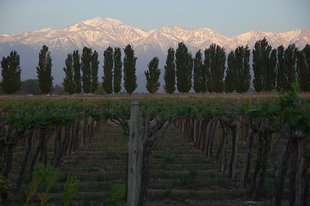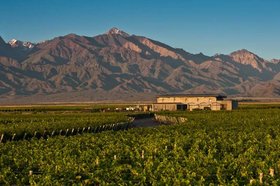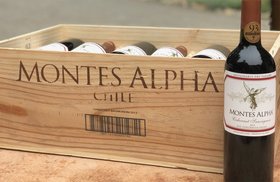Argentina’s Mendoza Wine: Regions, Terroir, 10 Best Bottles (2025)
Mendoza accounts for almost two-thirds of the country’s wine production and is widely regarded as Argentina’s most important wine region.
Nestled on the foothills of the Andes Mountain range, around 650 miles from Buenos Aires, Mendoza’s vineyards occupy some of the highest elevations in the world.
Thanks to these high altitudes, this region produces some of the most majestic Malbecs in the world. You’ll also find Chardonnay, Cabernet Sauvignon, Syrah, and Sauvignon Blanc planted here.
Let’s explore more about the enchanting world of Mendoza wine, including the prominent wine-producing regions, the wine styles, and the 10 best bottles. We’ll also look at their investment potential, the region’s climate, and history.
Further reading
- Learn more about Argentinian wine, including the Best Bottles to Try in 2024.
- Interested in trying other new world wines? Check out the Best Wineries Napa Valley Has to Offer.
Mendoza Wine Regions
Mendoza has four major wine regions.
A. Maipú
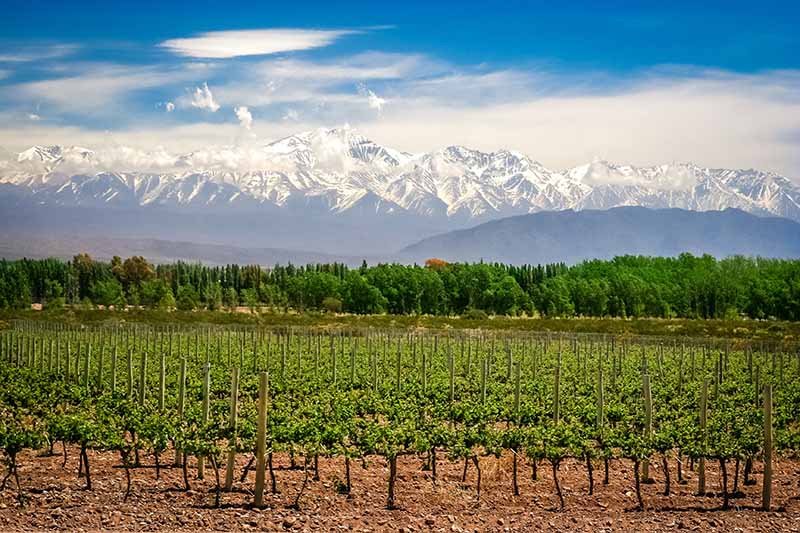
Located just south of Mendoza city, Maipu is a historic Mendoza wine region, specializing in Malbec, Cabernet Sauvignon, and Pinot Noir production.
Maipu has comparatively warm weather, which helps produce full-bodied wines with palpable tannins.
B. Lujan de Cuyo
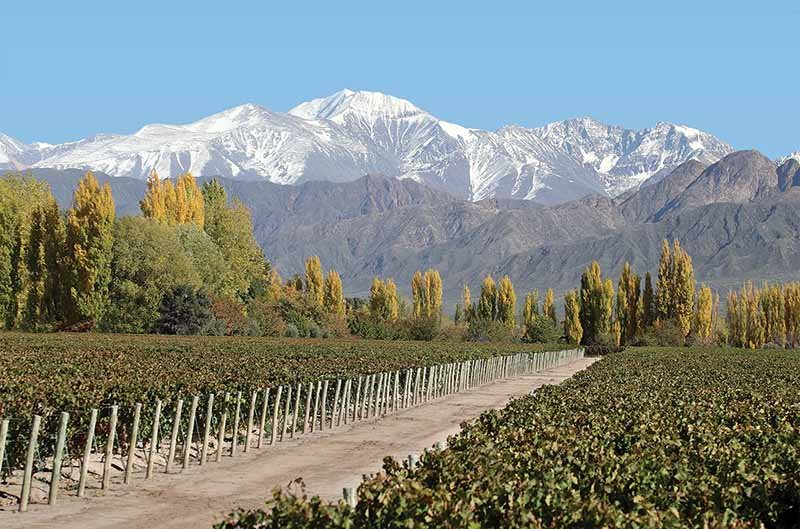
The city of Lujan de Cuyo saw Argentina’s first delineated appellation established in 1993.
The area is known for producing some of the best Malbec wine in the country and makes smaller amounts of Cabernet Sauvignon and Chardonnay.
C. San Rafael and San Martín
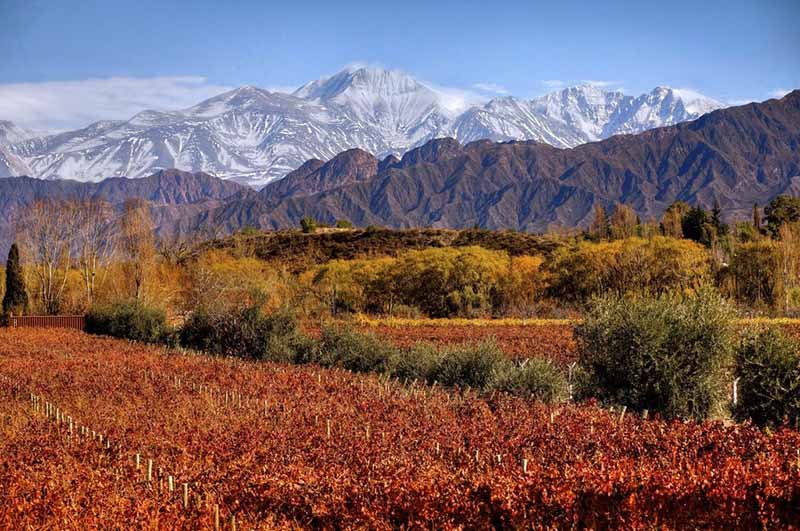
Historically, these two cities were important wine production centers. However, their importance has diminished with the shift towards premium wine production from international grape varieties.
That said, San Rafael, located in Argentina’s famous wine route, produces high-quality Cabernet Sauvignon and Malbec wines, although only a few are imported to the US.
San Martín produces Criolla Grande and Cereza wines for local consumption. San Martin traditionally focused on traditional wines for the domestic market. However, to benefit from Mendoza’s international wine exports, winemakers are moving towards international grape varieties.
D. Valle de Uco
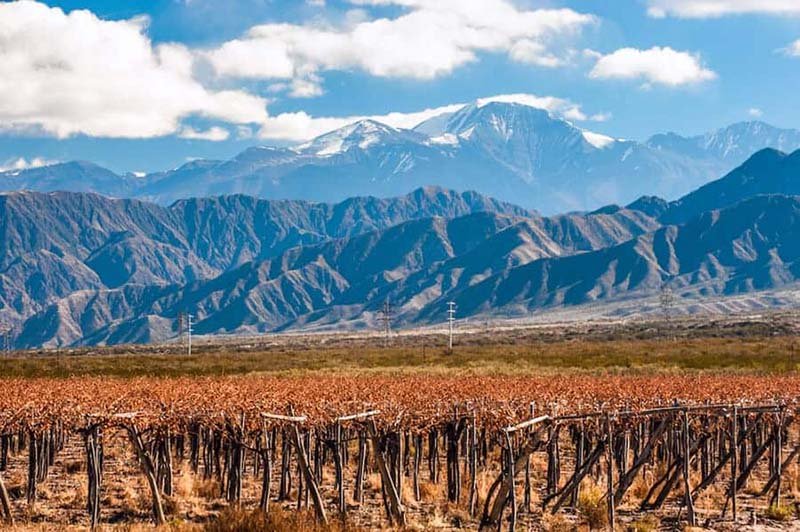
Valle de Uco is an area with growing importance to Mendoza wine production, developing a reputation for producing white wine varietals such as Chardonnay.
Malbec wine also shines here, thanks to the area's cooler climate. Generally, Uco Valley wines have excellent aging potential.
Mendoza Wine Styles
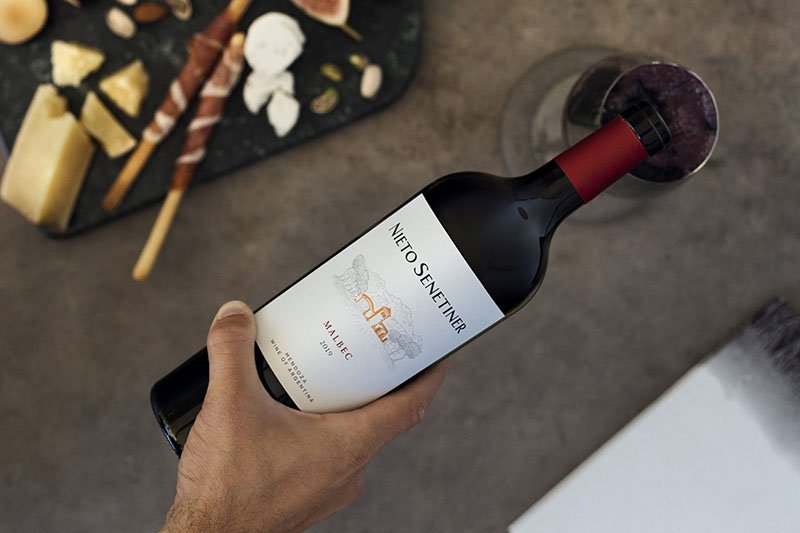
Even though Malbec is the region’s star grape, Mendoza also produces diverse wines from other varieties.
A. Mendoza Red Wine
Malbec accounts for about 45% of the vineyard plantings. Predictably, Malbec wines from different regions showcase different characteristics.
The ones from Maipu have characteristic flavors of red fruit and tobacco, whereas those from Uco Valley are denser with layered flavors of plum, blackberries, olives, and raspberries. San Rafael wines carry roasted red berry flavors with a herbal and savory finish.
Although Argentina’s famed chef Francis Mallmann wouldn’t advocate wine pairings, feel free to enjoy a Mendoza red wine with smoky beef, lamb, or chili con carne.
The Mendoza wine region also produces Criolla Grande, Syrah, and Cabernet Sauvignon red wines.
B. Mendoza White Wine
Chardonnay and Sauvignon Blanc are the most common white wine grapes grown in Mendoza, with some Torrontés and Semillon plantings.
The varietal Chardonnays are fresh and vibrant with well-balanced acidity and flavors of apples, pears, and peaches.
Mendoza Sauvignon Blanc’s typically display herbal notes with citrus and tropical fruit flavors.
As for wine pairings, roasted salmon, pasta, and veal will complement those fresh fruity wine flavors.
C. Mendoza Sparkling Wine
The region has also begun experimenting with sparkling wines made from Chardonnay and Pinot Noir. These have garnered a lot of international and local recognition.
Enjoy a glass of Mendoza’s sparkling wine with seafood like shrimp or smoked salmon, Bire-style cheeses, and fruit-based desserts.
Next, let’s take a look at 10 fantastic Mendoza wine bottles.
10 Delectable Mendoza Wines
Here are 10 scrumptious Mendoza wines worth trying in 2023:
- 2007 Catena Zapata Estiba Reservada
- 2018 Ruca Malen Kinien de Don Raul
- 2015 Bodega Norton ‘Privada’ Red
- 2011 Viña Cobos Marchiori Estate Malbec
- 2018 Santa Julia Reserva Malbec
- 2018 Familia Zuccardi 'Finca Piedra Infinita' Gravascal
- 2016 Domaine Nico Le Paradis Pinot Noir
- 2013 Tiano & Nareno Travesia 1908
- 2016 Bressia Ultima Hoja
- 2017 PerSe 'La Craie'
1. 2007 Catena Zapata Estiba Reservada ($1,128)
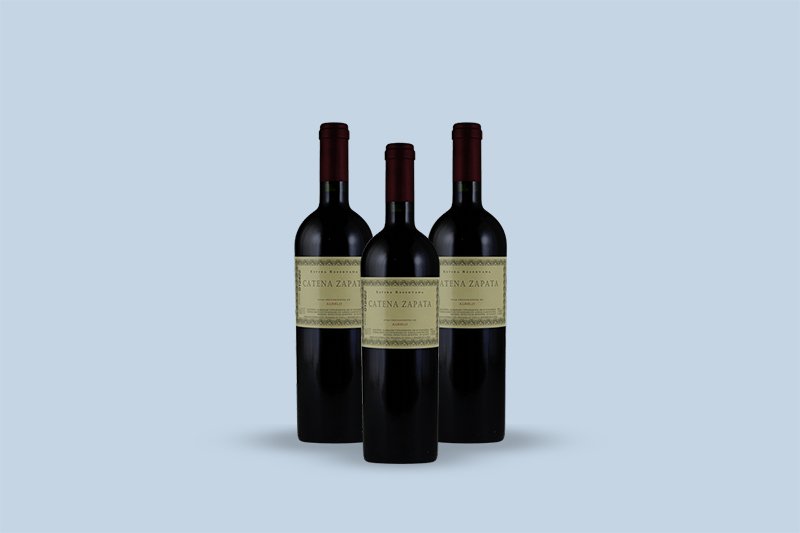
Deep violet in the glass, the wine offers an intense bouquet of cedar, red cassis, and sweet spice. This soft and sweet wine tasting of red fruit flavors transitions into a finish characterized by subtle black pepper notes.
2. 2018 Ruca Malen Kinien de Don Raul ($60)

A complex nose of black fruit and spice with hints of chocolate and coffee leads to a sweet palate of pleasant flavors and firm tannins.
3. 2015 Bodega Norton ‘Privada’ Red ($24)
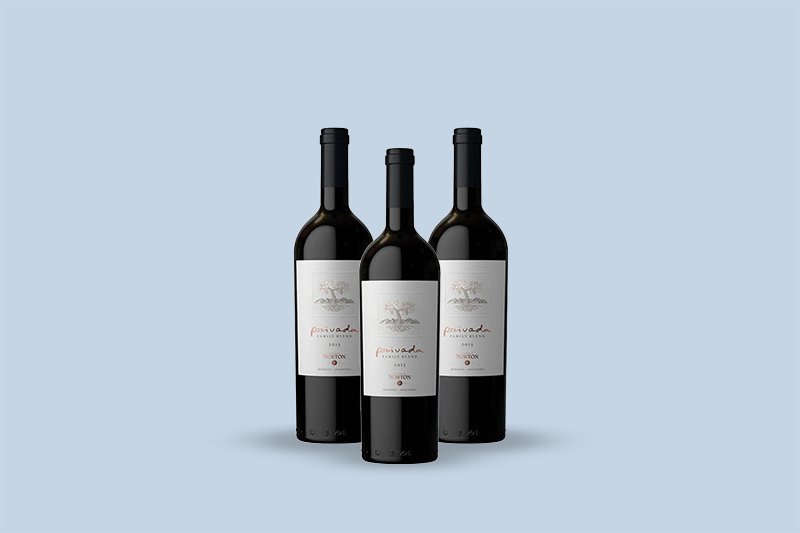
Here’s a proprietary red with intense blackberry, mulberry, and spice aroma that opens to a dark fruit body and tangy acidity.
4. 2011 Viña Cobos Marchiori Estate Malbec ($381)
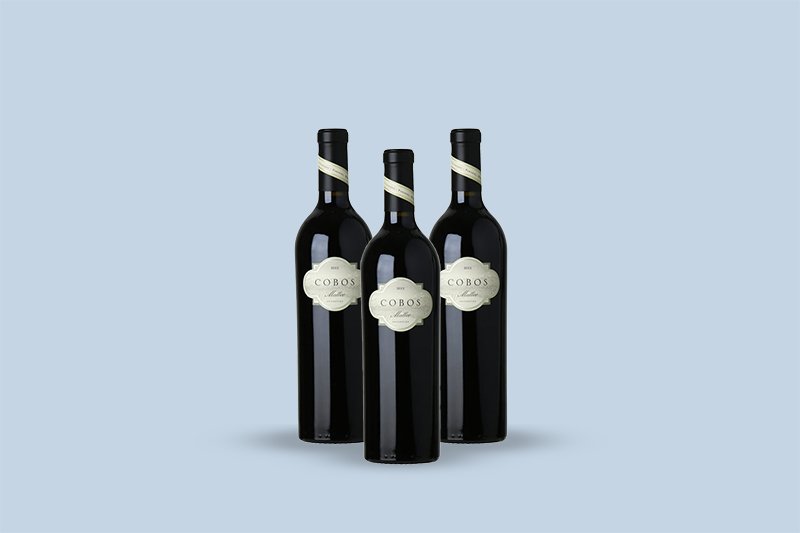
In this Malbec, a soft and minty bouquet opens to a palate of prune, raisin, tea, and blackberry.
5. 2018 Santa Julia Reserva Malbec ($12)
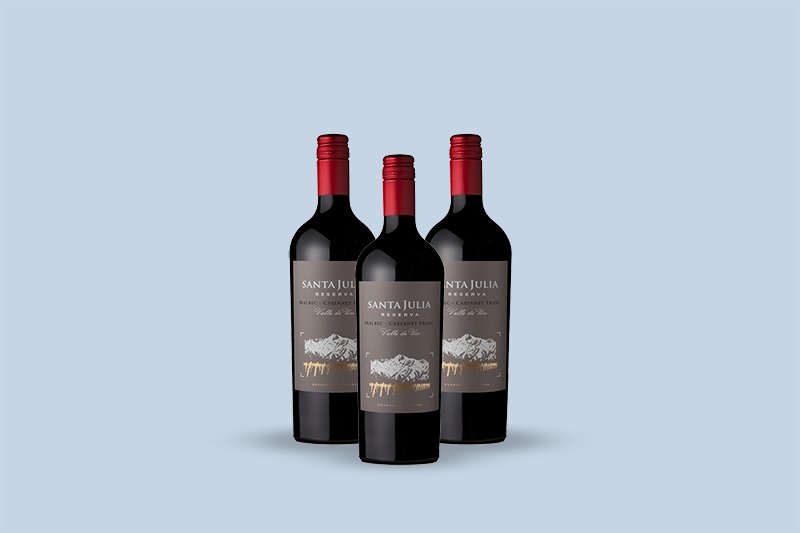
A nose of berries with hints of herbs and earth opens to a palate of dark fruit with spice on the finish.
6. 2018 Familia Zuccardi 'Finca Piedra Infinita' Gravascal ($315)
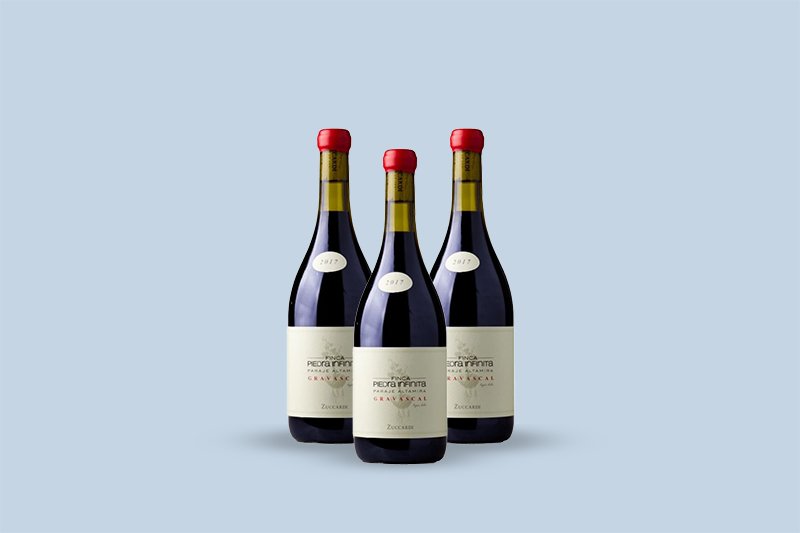
A nose of orange peel, dark berries, and iron with a hint of tar complement a wine tasting of rich, juicy red fruit.
7. 2016 Domaine Nico Le Paradis Pinot Noir ($283)
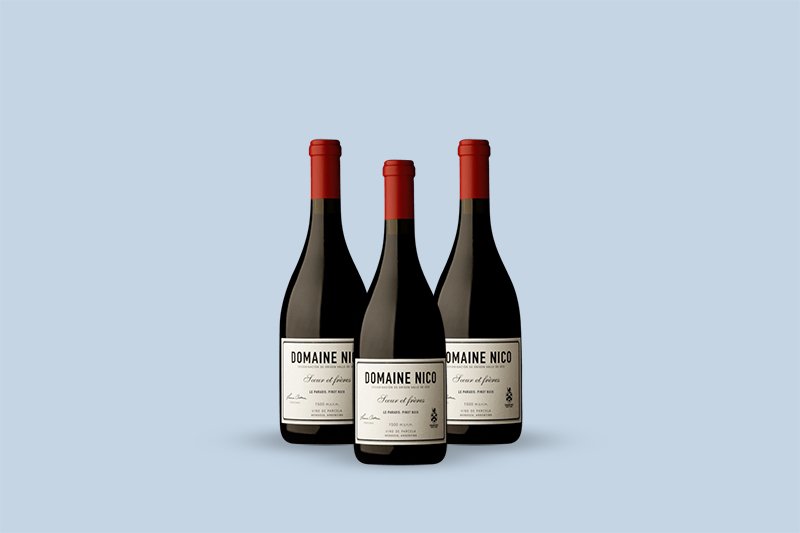
A delicious nose of flowers and fresh strawberries give way to a focused and balanced palate reinforced with fine tannins.
8. 2013 Tiano & Nareno Travesia 1908 ($210)
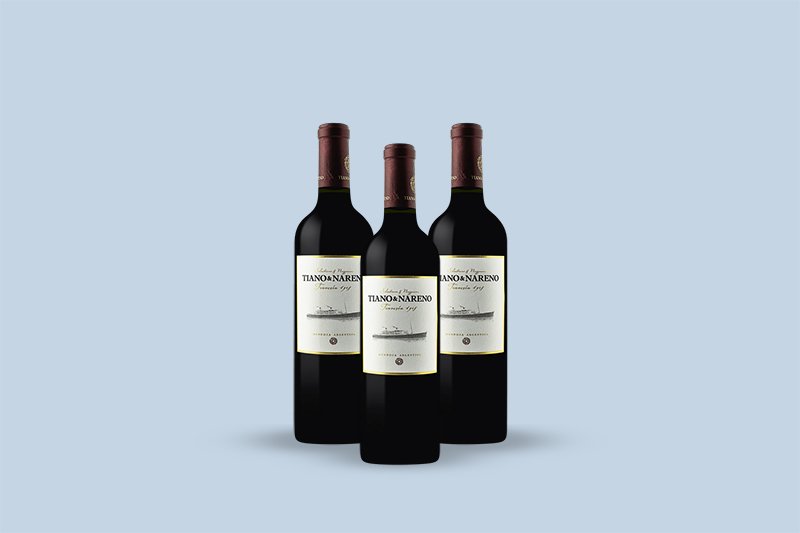
A captivating nose of black cherries and prunes with soft undertones of violet gives way to a complex palate of chocolate and licorice.
9. 2016 Bressia Ultima Hoja ($202)

A nose of ripe blueberries, blackberries, and plums leads to a sweet and well-balanced palate.
10. 2017 PerSe 'La Craie' ($139)
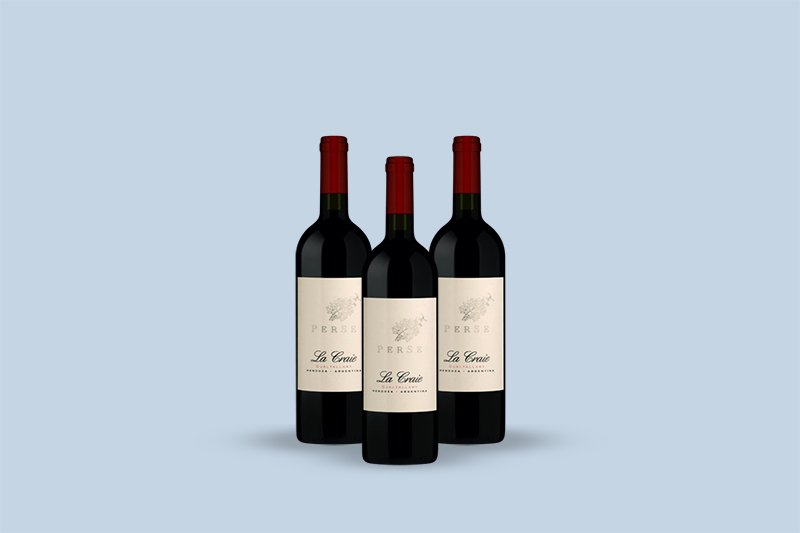
Expressive notes of wildflowers and fine minerality underpin the deep and earthy flavors of the wine.
Should You Invest in Mendoza Wines?

Given Mendoza's wide variety of wines, some are more investment-worthy than others.
The Uco Valley and Luján de Cuyo consistently produce excellent Malbec wines.
Generally, those with dark fruit flavors, noticeable acidity, and robust tannins can age 10-20 years or longer. Malbec with more moderate tannins, chocolatey flavors, and oak-driven finish can age for around 7 to 11 years.
Many of those ageable wines are scored highly by notable wine critics. For example:
- Catena Zapata Adrianna Vineyard 'Mundus Bacillus Terrae' Malbec 2018 vintage received a near-perfect score of 98 points from Robert Parker and Tim Atkin.
- Robert Parker scored the Viña Cobos Volturno 2017 a 97/100, while the 2018 vintage received a 98/100.
In addition to their critical acclaim, these wines have experienced some tremendous price appreciation. For example:
- The 2009 Catena Zapata Estiba Reservada climbed from $703 in January 2021 to $1,121 by January 2022 - jumping almost 60%.
- Vina Cobos’ 2018 Marchiori Estate Malbec skyrocketed in 2021, leaping from $19 in January to $326 by January 2022 - a meteoric rise of over 1,615%
If you’d like to invest in Mendoza wine, be sure to use a trusted wine investment company like Vinovest. The platform makes buying, storing, and selling fine wine bottles from New Zealand, South Africa, South America, and anywhere else in the world pain-free.
Mendoza Wine: Climate and Viticulture

Altitude plays a significant role in Mendoza’s terroir. Mendoza’s vineyard plantings stretch along the base of the Andes mountain range, sitting between 800 and 1200 meters above sea level. Since Mendoza has a hot and dry climate, winemakers rely on the Mendoza River to irrigate vine plantings.
Warm, sunny days follow cold nights and westerly winds, slowing the ripening process and extending the growing season. As a result, the grapes develop rich, ripe flavors.
The vineyards grow in rocky, sandy soils. This is ideal for viticulture as the vines need to work for hydration and nutrients, creating small, concentrated berries.
Warm and dry harvest periods mean winery owners can pick grapes according to ripeness. These predictable harvesting times also afford the winery increased control over the wines produced - something that has contributed to the region’s international winemaking reputation.
Next, let’s look at the history of Mendoza wine.
A Brief History of Mendoza Wine
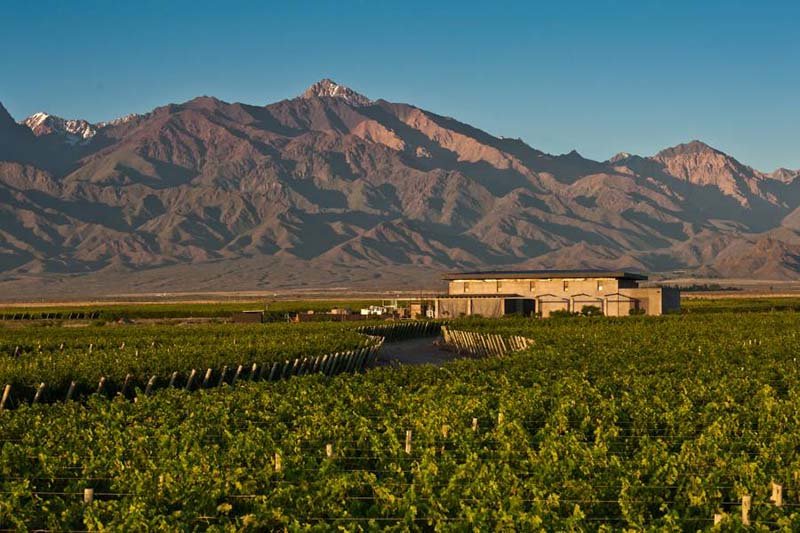
Mendoza’s winemaking history stretches almost as far back as the colonial history of Argentina itself.
The Catholic Church’s Jesuit order laid the first vine plantings in the mid-16th century, utilizing agricultural techniques developed by the Incas. Around this time, French agronomist Miguel Aime Pouget introduced Malbec to the region.
Spanish and Italian immigrants began flocking to Mendoza in the 1800s to escape the phylloxera outbreak ravaging vineyards across Europe, contributing to Argentina’s wine production.
However, for most of the 20th century, the Argentinean wine market was focused almost exclusively on the domestic market, only branching out internationally within the last 25 years.
Invest In A Delicious Bottle of Mendoza Wine Today!

The heart of Argentina’s wine country, Mendoza produces some internationally recognized wines.
In addition to receiving critical acclaim, many of these wines can age for a decade or longer - making them an excellent addition to your cellar.
Sign up with Vinovestif you’d like to build a portfolio of fine Mendoza, Rhone Valley, and even Tuscan wines.
